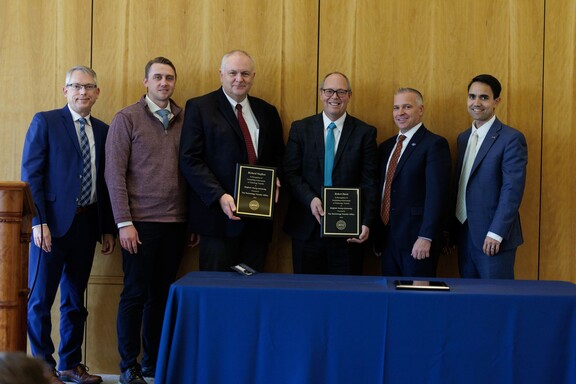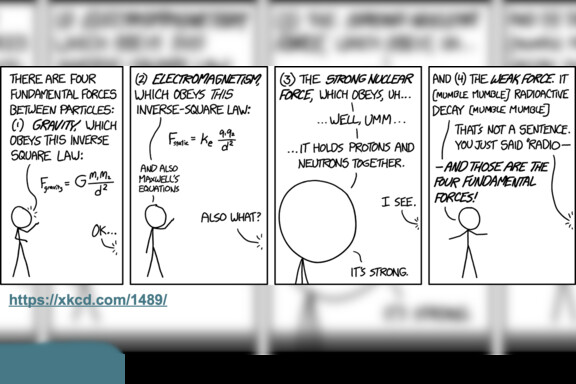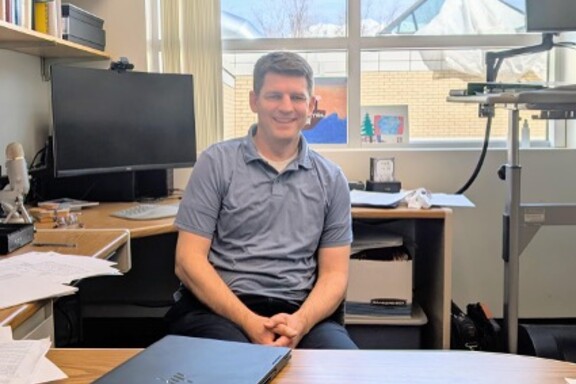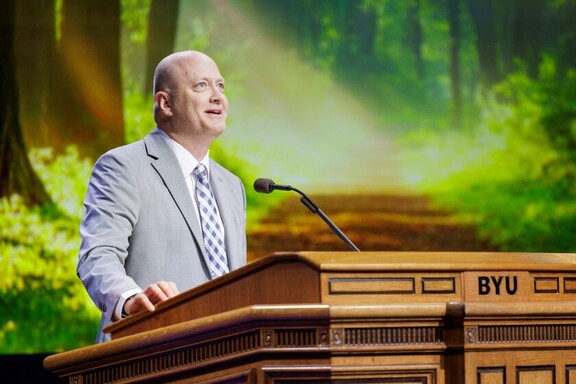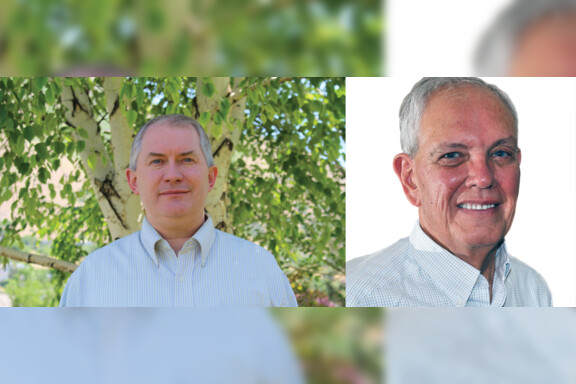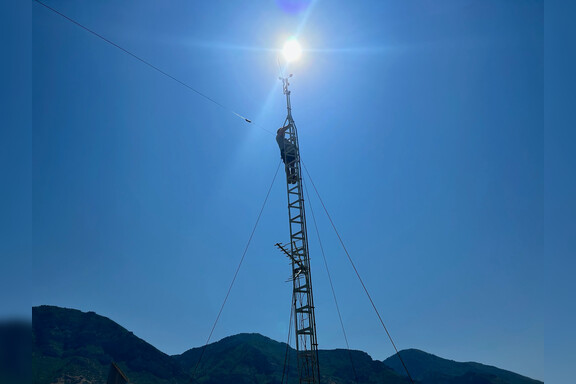“Sometimes you just have to get away to write.”

Professor Justin Peatross spent the Fall 2021 semester on sabbatical in the Azores Islands, which are part of Portugal, located in the middle of the Atlantic Ocean. While there, he worked on writing a new undergraduate electricity-and-magnetism textbook. The time spent in the Azores was a great experience for their family, particularly for their two recently adopted girls, for whom this was their first sabbatical experience.
Professor Peatross and his family immersed themselves in the environment of the Azores. His kids attended the local schools and learned Portuguese, which Professor Peatross had learned from his mission in Portugal. They also were able to sample some of the local cuisine of the island, including creme pastries called pastéis de nata, and a passionfruit soda called maracujá. Every week, Professor Peatross and his family attended the local branch of the Church of Jesus Christ of Latter-day Saints on the island. They made good friends there, and often had families over for dinner. They even bought an old Mercedes van to help give rides to church! Due to the efforts of the missionaries and members alike, they were blessed to see the attendance of the branch double during their time on the island.
While in the Azores, Professor Peatross forged a collaboration with Professor Nuno Sá of the University of the Azores, who works with Quantum Electrodynamics theory. They met regularly over the course of the sabbatical and found common scientific interests. The two still talk weekly over zoom as they continue to collaborate.
Professor Peatross views textbooks as essential for deep understanding of course material. He admits that he learns more from textbooks than from hearing a lecture, which provided some motivation to write this new electricity-and-magnetism textbook. Another part of his motivation is that he has become displeased with the skyrocketing cost of textbooks. He feels that the standard publishing model– where a professor sells the rights to the textbook to a publishing company for royalties, while “in the meantime, the poor students have forked out thousands of dollars”– is outdated. He plans to make his electricity-and-magnetism textbook absolutely free for students to access online, and printer friendly.
This is not the first time that Professor Peatross has written a textbook. He and Professor Ware wrote the textbook, “Physics of Light and Optics”, which is used in BYU’s Principles of Optics class (PHSCS 471). It is currently being used in about 70 universities worldwide to teach optics. They often receive feedback and constructive criticism from users of their textbook, which helps to improve it. Professor Peatross hopes that feedback will help him refine his new book as well.
When asked about the process of writing a textbook, Professor Peatross said “When you think you are halfway done, you’re actually only 10 percent done.” It is not an easy process to go from a pile of notes to a comprehensive textbook. He wrote the current draft of his new book mostly out of his own head, based on his many years of experience teaching physics. He plans to make the current draft of the textbook available to his students in PHSCS 220 this coming year at BYU.
Student authors: Evan Dodson, Jacob Christensen, and Jay Spendlove
News and Events
